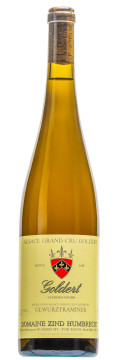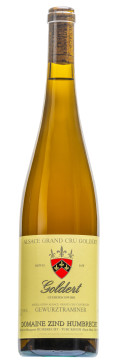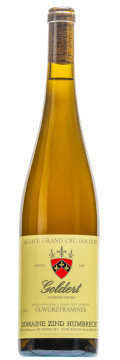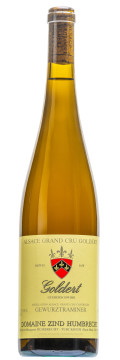The Goldert Grand Cru of Gueberschwihr
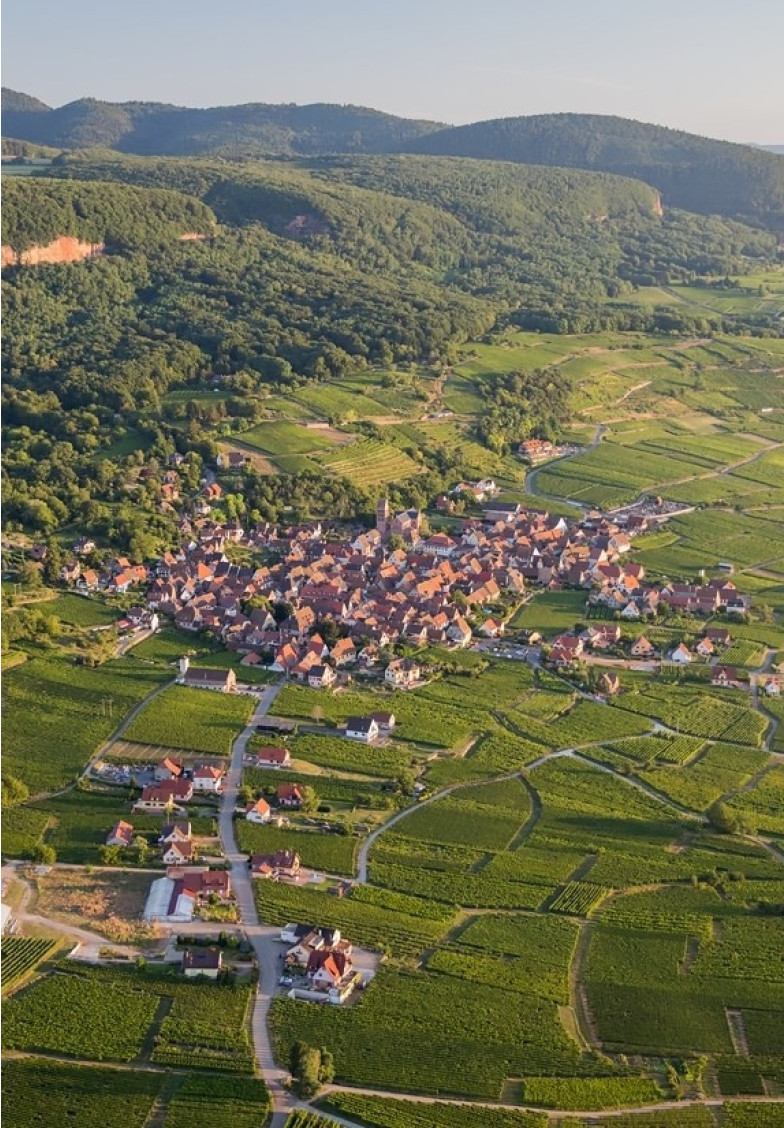
History Since 750 AD, “Gueberschwihr was a renowned village” according to the historian of the Alsace wine region, Médard Barth. From the Middle Ages to the French Revolution we find sale deeds referring to the bishoprics of Basel and Strasbourg, the commune of Gueberschwihr and the surrounding Abbeys, who all owned parcels in the Goldert.
A certificate from the city of Lucerne in Switzerland, issued in 1728, authorizes the sale of the wines of Goldert in a privileged place in their market, citing the quality of the bouquet and power of the cru as testament. The city of Frankfurt agreed and followed suit the next century. In more recent times, the wines of Goldert were highly regarded and sought after by the wine merchants, negociants, in Alsace.
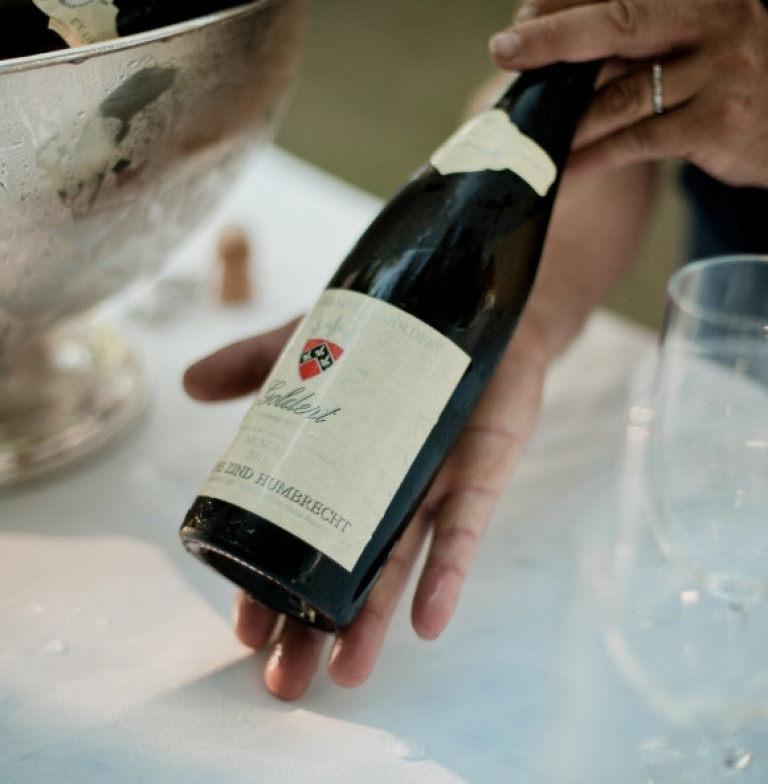
Terroir
The Goldert of Gueberschwihr is the only locality in Alsace where the geological substratum is composed solely of marine oolithic limestone. The parcels belonging to Domaine Zind Humbrecht are situated on the mid-slope and foot of the Goldert. Here the oolithic substrate is covered by limestone pebbles and sandstone mixed in a clay rich matrix.
The soil of this Grand Cru is deep, relatively rich and fertile. The altitude of the Goldert is between 250m and 350m, the slope of average gradient is oriented east, south-east and enjoys an appreciable amount of sunshine of around 1370 hours from April to September. The village of Gueberschwihr benefits from late maturation always guaranteeing wines with well-balanced acidity.
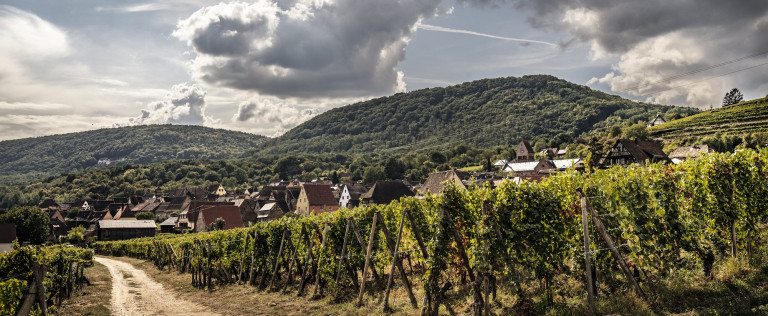
The Goldert Grand Cru wines from Domaine Zind Humbrecht
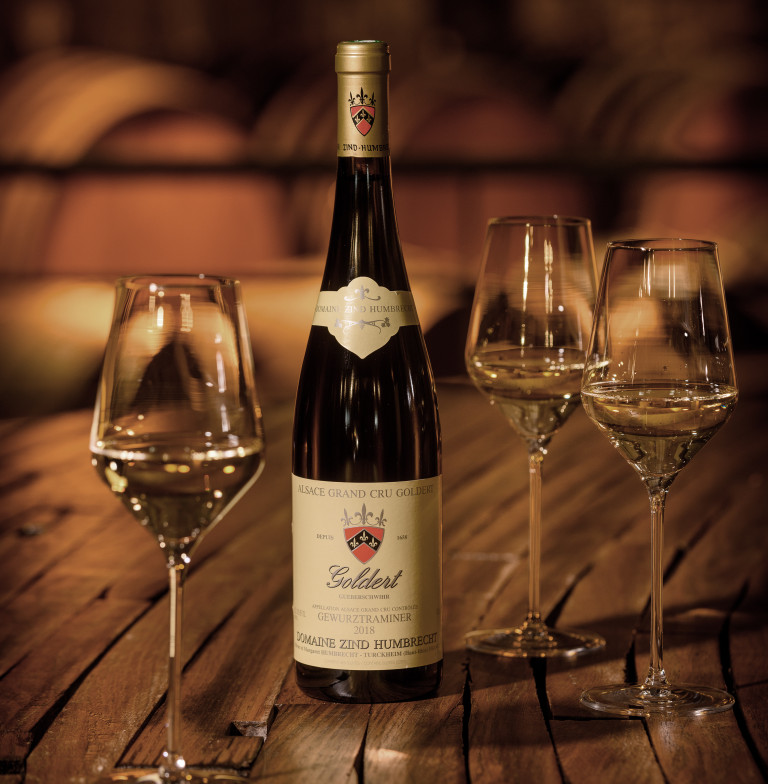
Wines
Traditionally, the majority of the Goldert is planted to Gewurztraminer and Muscat. These grape varieties are reputed for producing wines with great finesse, structure and a discreet, however complex, bouquet. The Muscat Goldert from Domaine Zind Humbrecht originates from two parcels of Muscat. The majority is planted to Muscat d’Alsace (petits grains), which makes up for about 90% of the Muscat vineyards with the further 10% planted to Muscat Ottonel.
Muscat “petits grains” needs a near perfect phenolic maturity to avoid a vulgar varietal expression, however when optimally ripe yields a wine with structure, acidity and a great potential for ageing.
The structure expressed on the palate when this wine reaches its peak quite often leads one to mistake the Muscat Goldert for a Riesling… This limestone-clay terroir reveals the potential of Gewurztraminer, producing wines with great richness and generosity. The late ripening character often allows for the development of noble rot and sweet dessert style wines.
